EE UK Pushes 5G Standalone Mobile Broadband Test to 1.85Gbps

Mobile operator EE (BT) claims to have achieved a “European first” with Nokia and Qualcomm in the UK by trialling Carrier Aggregation (CA) on 5G Standalone (5G SA) mobile technology with Five Component Carriers (i.e. 150MHz total bandwidth), which boosted their mobile broadband download speeds to 1.85Gbps.
The majority of most UK 5G network today are Non-Standalone (NSA), which means they’re still partly reliant on older and slower 4G infrastructure. But SA networks are pure end-to-end 5G that can deliver ultra-low latency times, greater energy efficiency, better upload speeds, network slicing, improved support for Internet of Things (IoT) devices, support for Voice over New Radio (VoNR or Vo5G) and increased reliability and security etc.
So far we’ve already seen both Vodafone (here) and O2 (here) launching 5G SA services in the UK, initially across the busiest parts of major cities. Meanwhile, the BT Group has said that they intend, via EE, to follow suit during the second half of 2024 (here). As part of that, EE have been trying to find ways of squeezing as much of a performance advantage out of the future upgrade as possible.
One of the ways of achieving this is by harnessing Carrier Aggregation (CA) to combine several radio spectrum bands to support a single extremely fast connection. This is not a new technology (4G used CA too), but applying this many channels (five) – all in mid-band frequencies – to the latest 5G SA technologies is at the cutting edge of commercial mobile networks.
The tests were conducted in the field on live network spectrum at Adastral Park, BT Group’s headquarters for R&D, using Nokia’s 5G AirScale portfolio and a device powered by a Snapdragon 5G Modem-RF system from Qualcomm Technologies. Downlink speeds of 1.85Gbps (Gigabits per second) were reached, using three FDD carriers NR2600 (30MHz), NR2100 (20MHz), NR1800 (20MHz) aggregated with two TDD carriers NR3600 (40+40MHz).
Greg McCall, Chief Networks Officer at BT Group, said:
“This latest milestone achieved with Nokia and Qualcomm Technologies enhances 5G SA performance as we work towards the launch of our network, building further on the benefits of carrier aggregation in delivering greater throughput and speeds to customers. This is particularly important as more and more devices come to market with 5CC CA capabilities. We are focused on maximising our spectrum assets to deliver the very best experience to our customers with that in mind.”
The final launch network will “also have the capability to leverage a low frequency sixth carrier” (6 channels), which should provide another boost and aid indoor connectivity too (lower frequencies travel further). Despite being a bit late to the 5G SA party, we’d expect EE to launch the new service with a decent amount of coverage in urban areas, as they usually like to have a good reach before officially going live.
Mark is a professional technology writer, IT consultant and computer engineer from Dorset (England), he also founded ISPreview in 1999 and enjoys analysing the latest telecoms and broadband developments. Find me on X (Twitter), Mastodon, Facebook and Linkedin.
« Three UK Cause Confusion with Broadband Termination Letter in Swindon
Leave a Reply Cancel reply
This site uses Akismet to reduce spam. Learn how your comment data is processed.
Privacy Notice: Please note that news comments are anonymous, which means that we do NOT require you to enter any real personal details to post a message. By clicking to submit a post you agree to storing your comment content, display name, IP, email and / or website details in our database, for as long as the post remains live.
Only the submitted name and comment will be displayed in public, while the rest will be kept private (we will never share this outside of ISPreview, regardless of whether the data is real or fake). This comment system uses submitted IP, email and website address data to spot abuse and spammers. All data is transferred via an encrypted (https secure) session.
NOTE 1: Sometimes your comment might not appear immediately due to site cache (this is cleared every few hours) or it may be caught by automated moderation / anti-spam.
NOTE 2: Comments that break our rules, spam, troll or post via known fake IP/proxy servers may be blocked or removed.
Latest UK ISP News
- FTTP (5694)
- BT (3559)
- Politics (2593)
- Openreach (2338)
- Business (2313)
- Building Digital UK (2272)
- FTTC (2059)
- Mobile Broadband (2031)
- Statistics (1823)
- 4G (1718)
- Virgin Media (1669)
- Ofcom Regulation (1488)
- Fibre Optic (1421)
- Wireless Internet (1415)
- FTTH (1383)






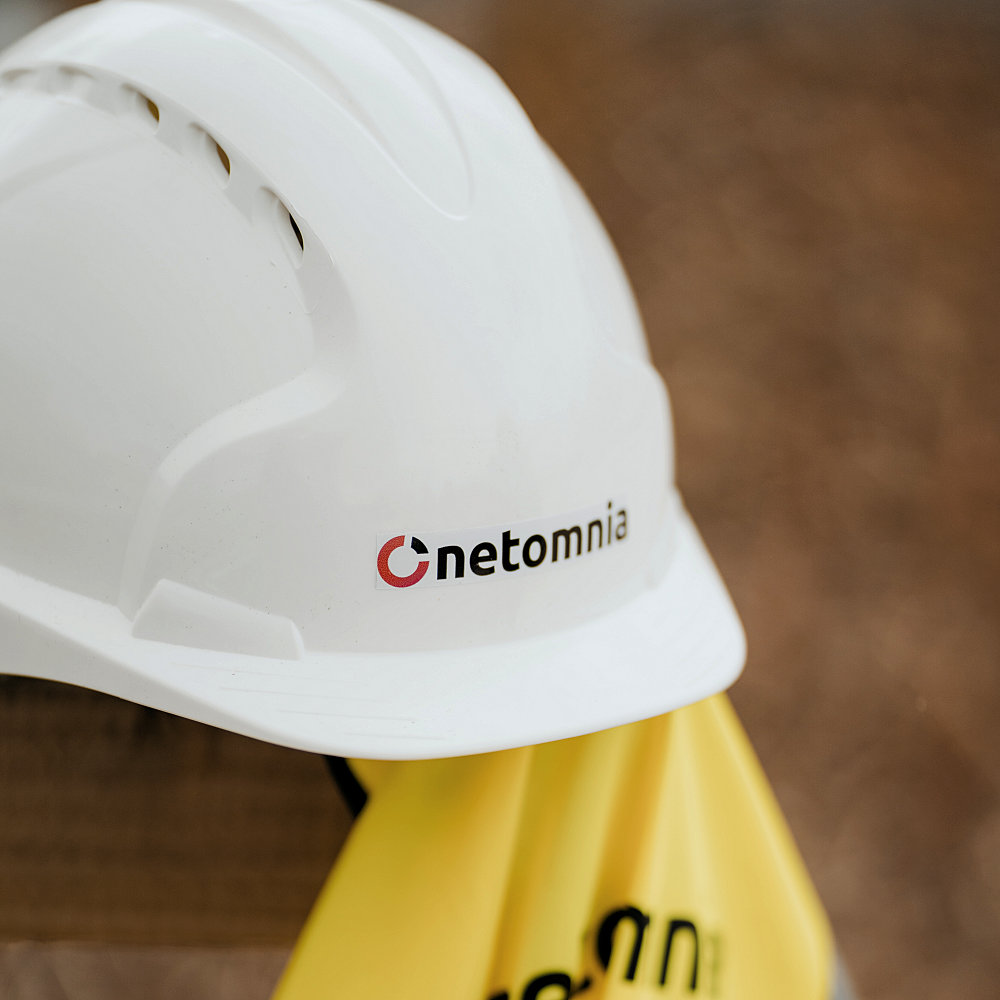

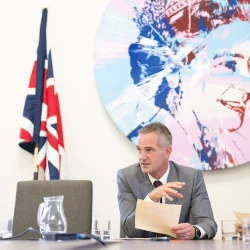
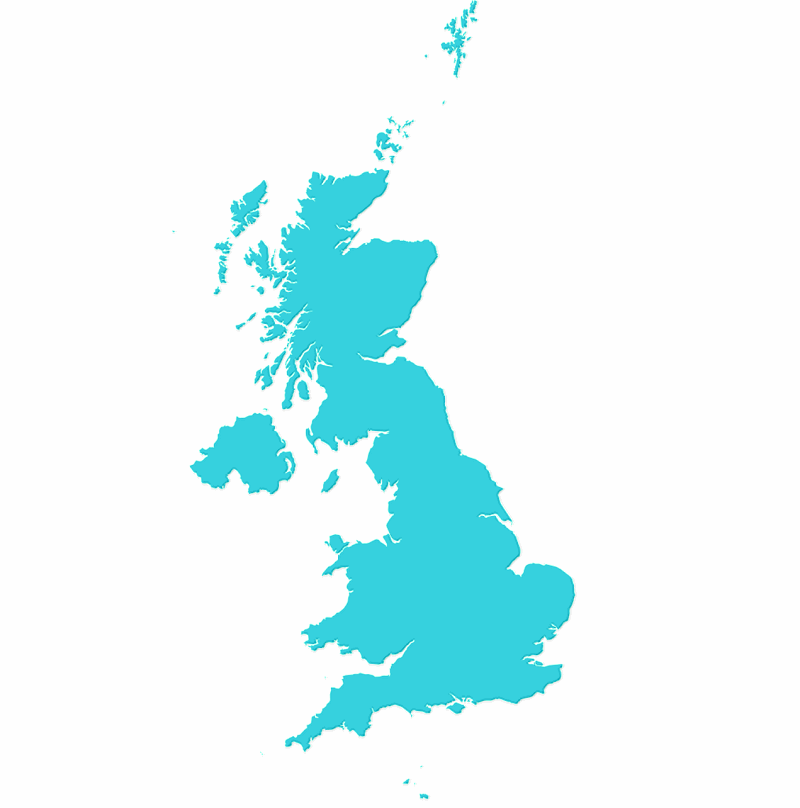


















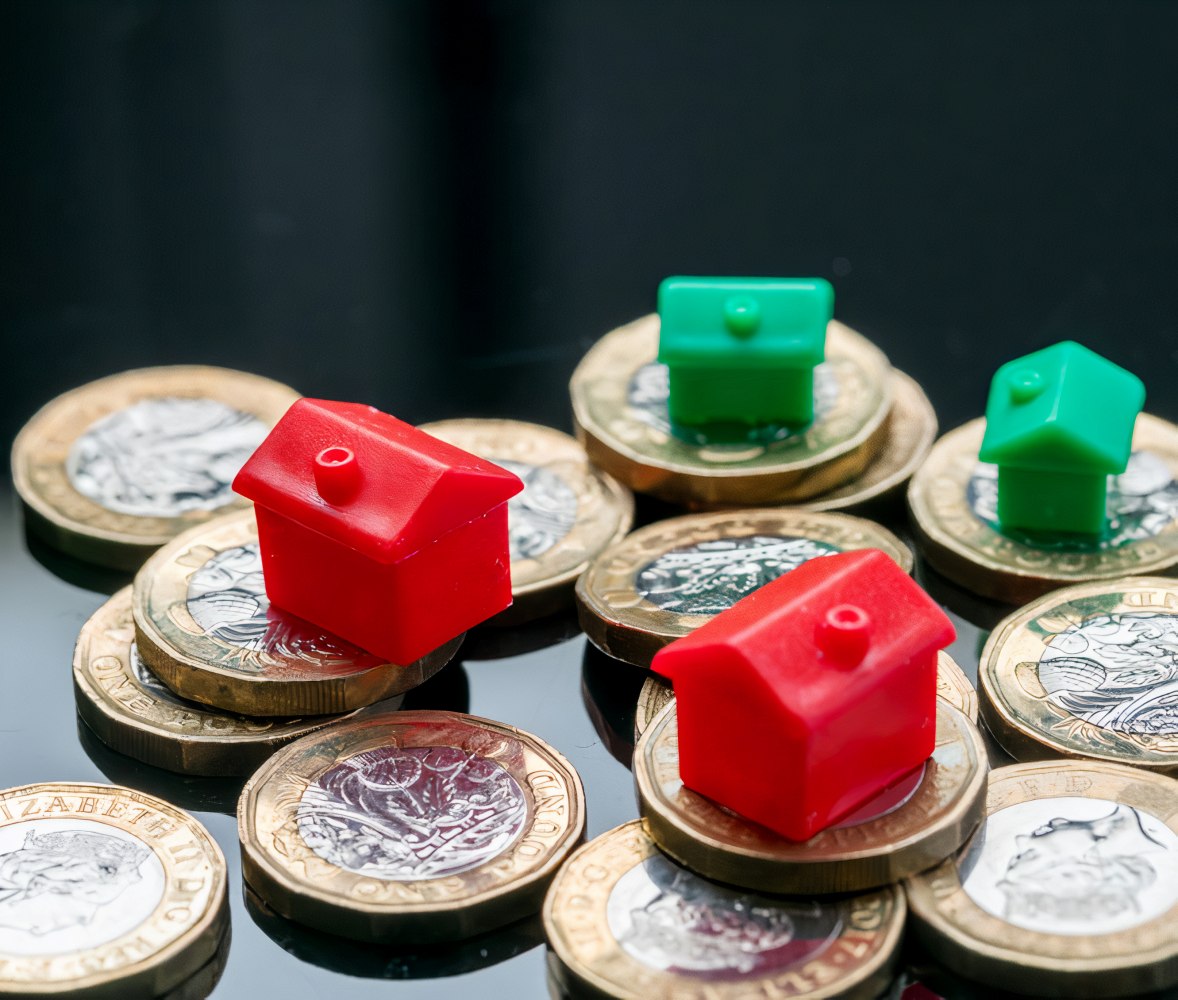





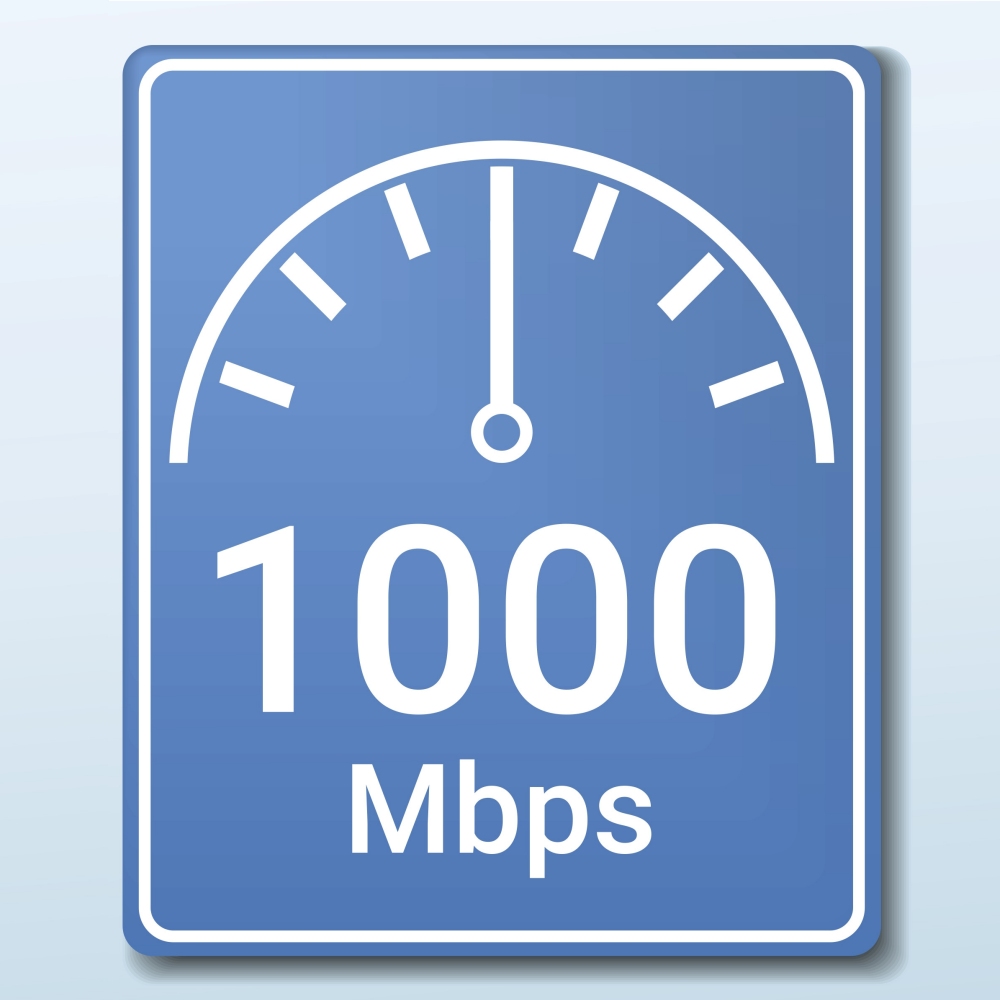
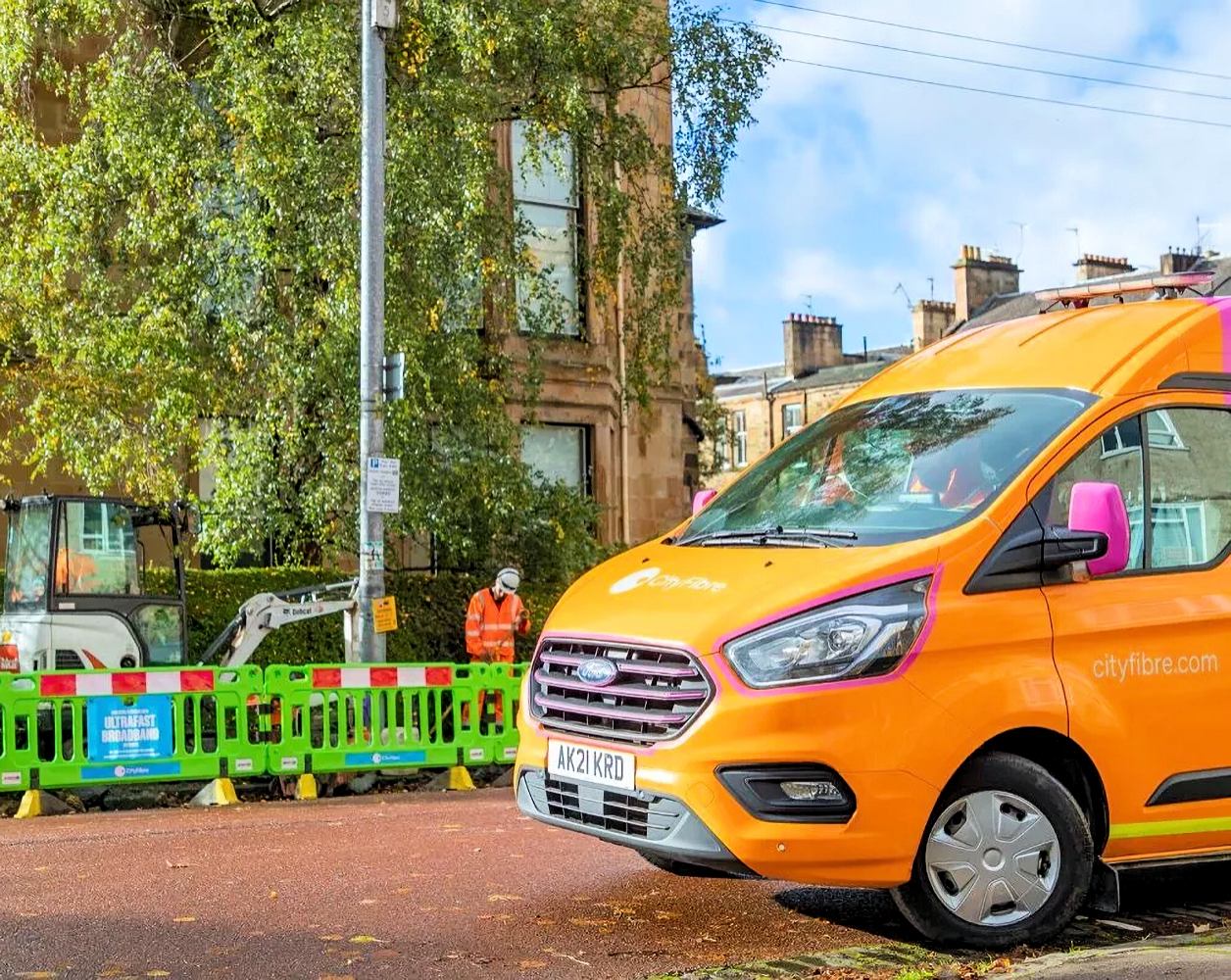


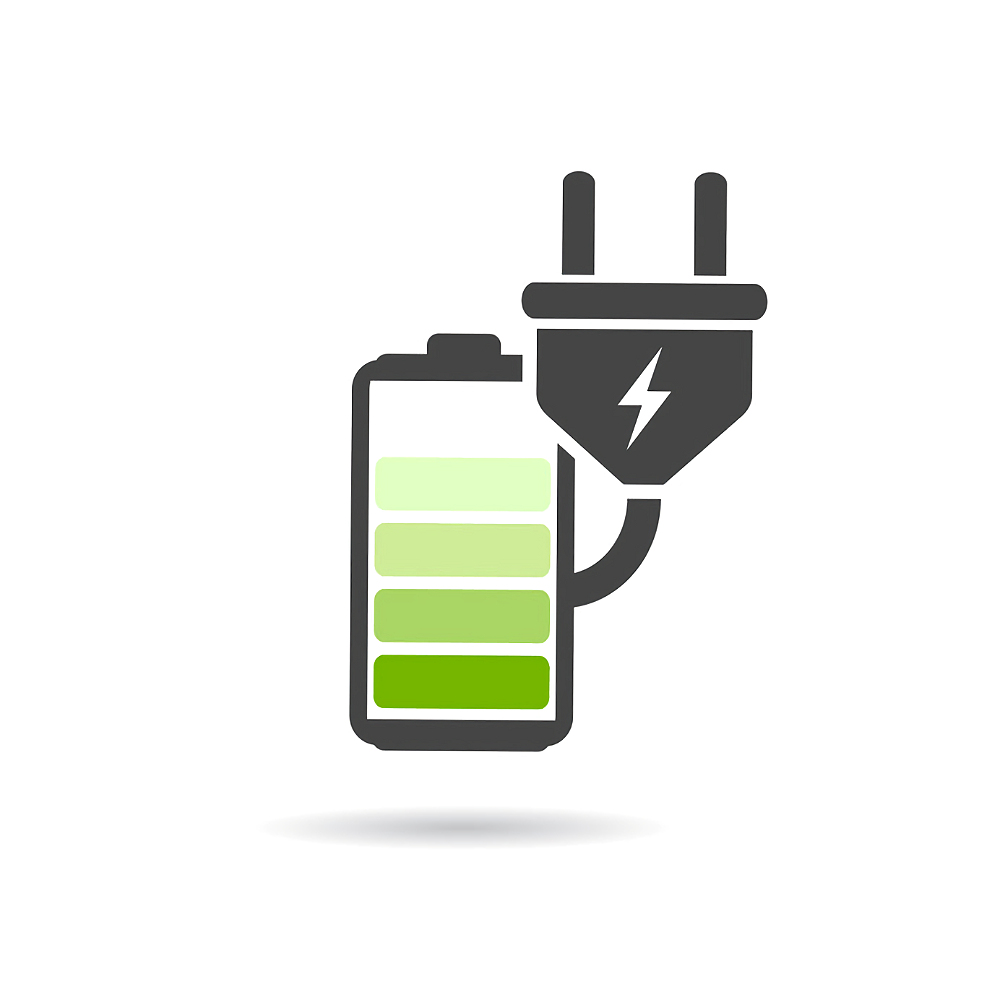


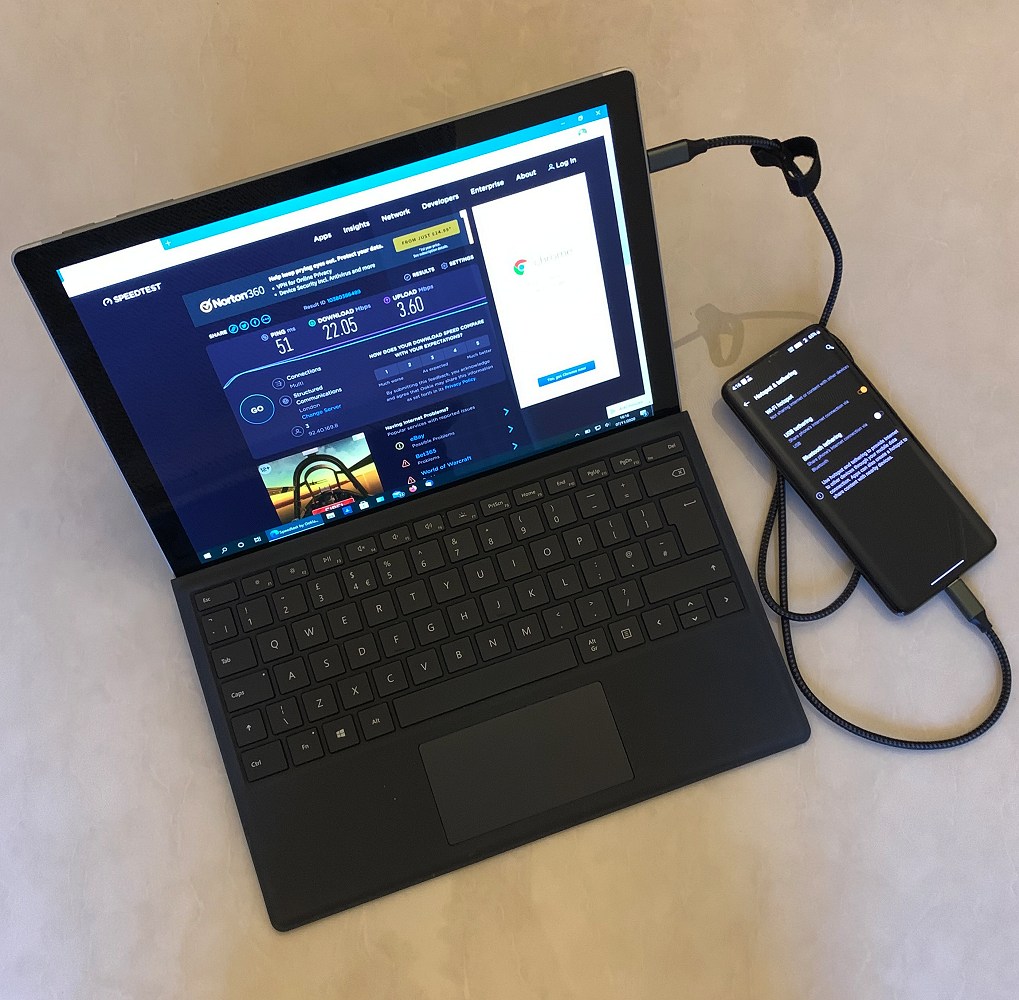

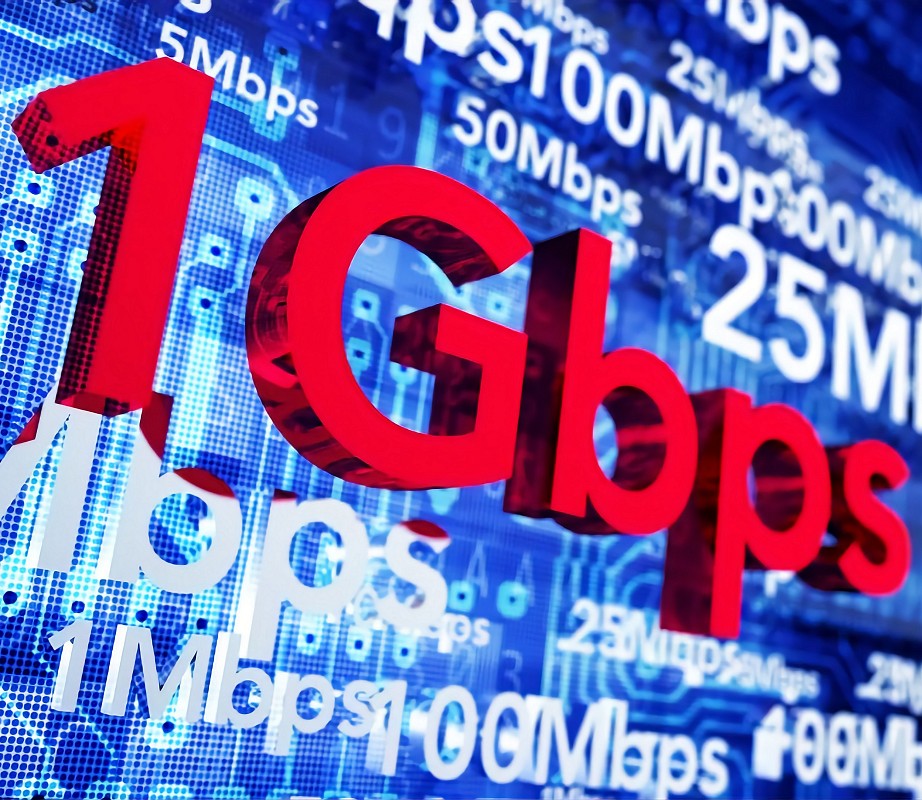
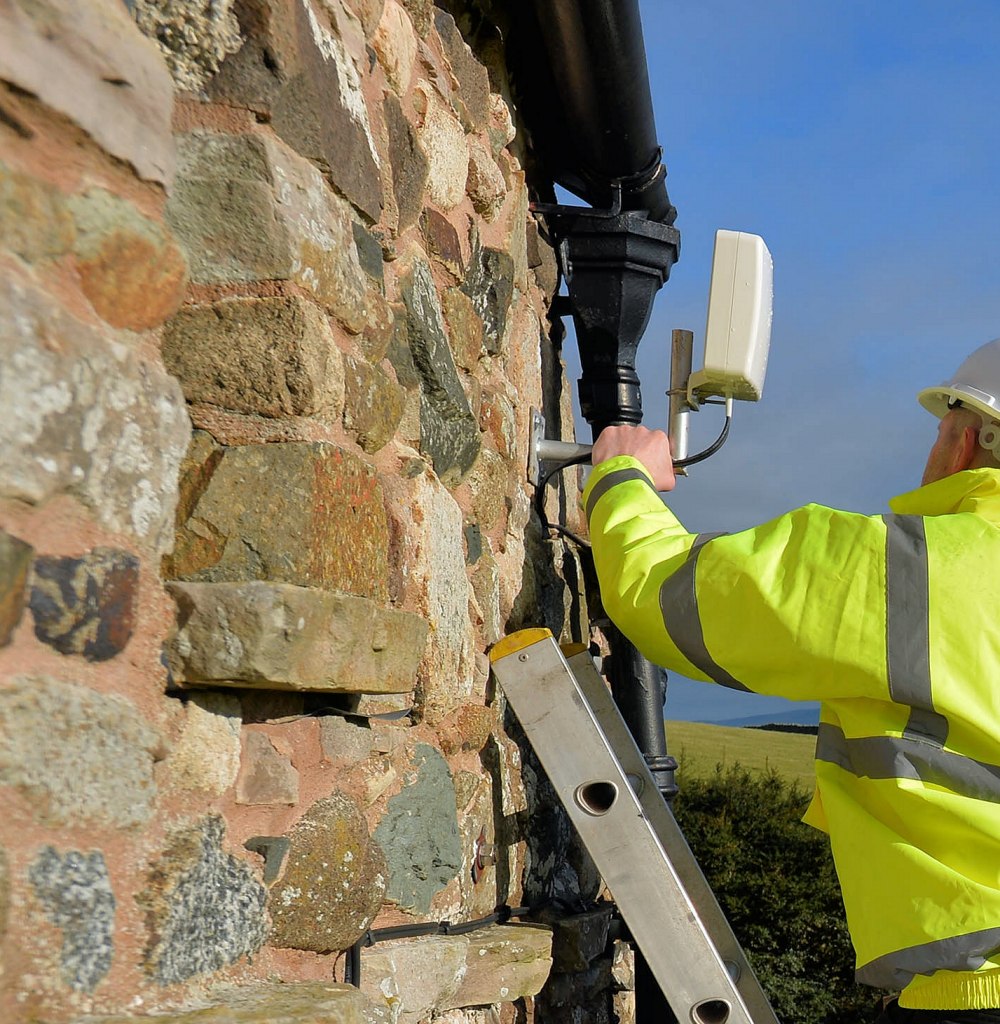
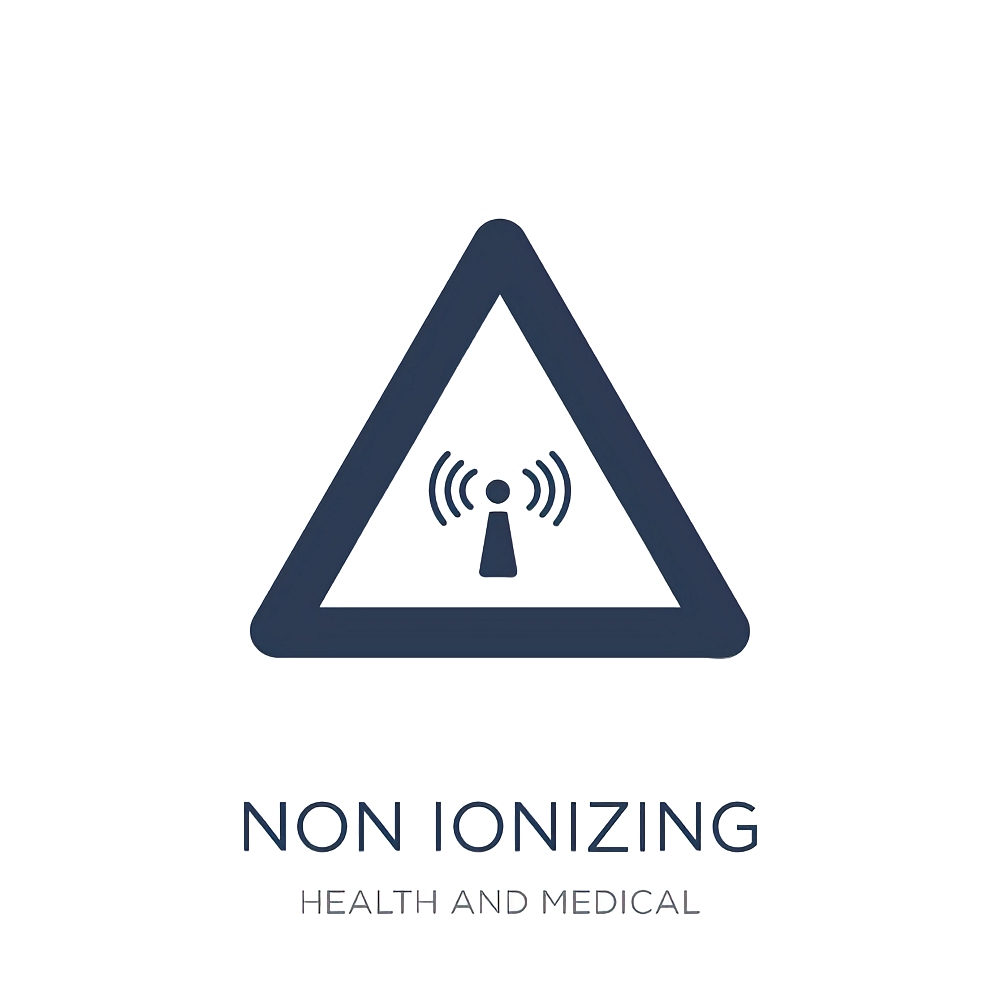


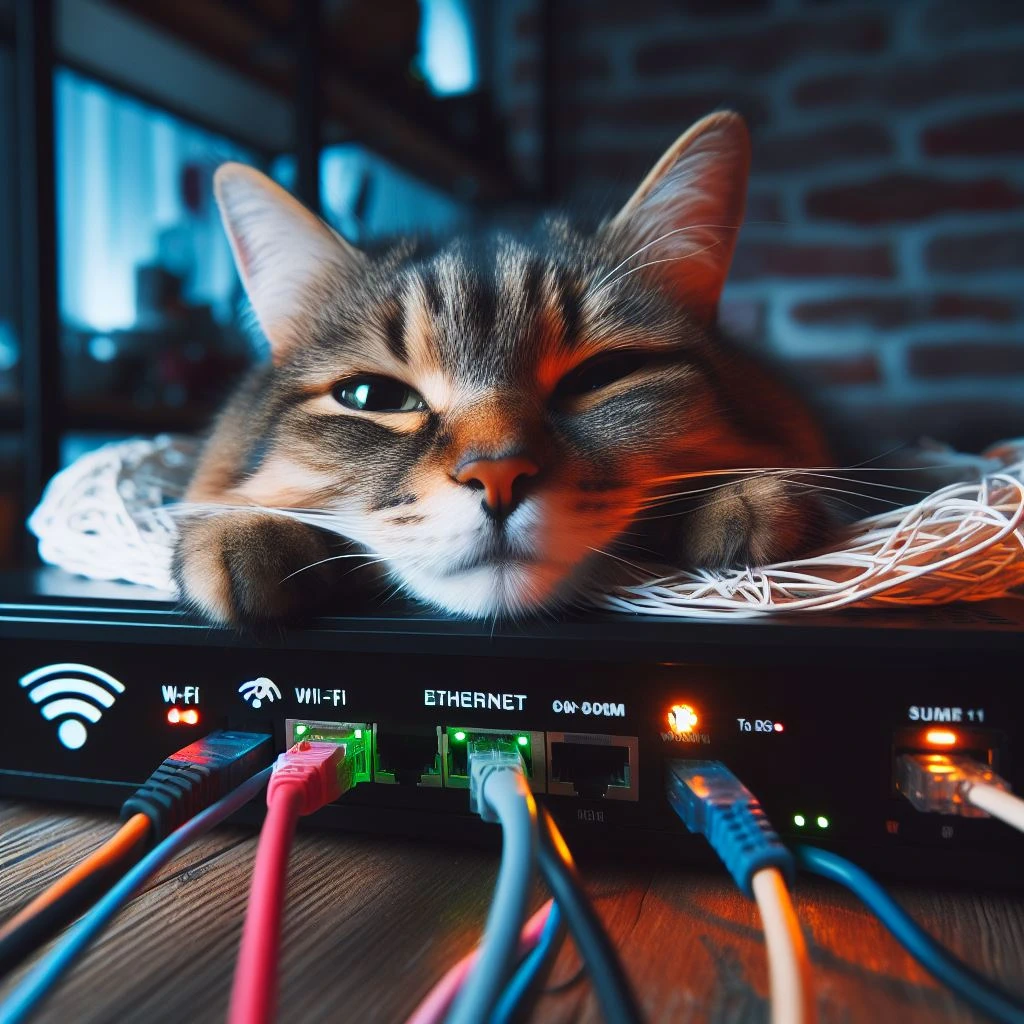



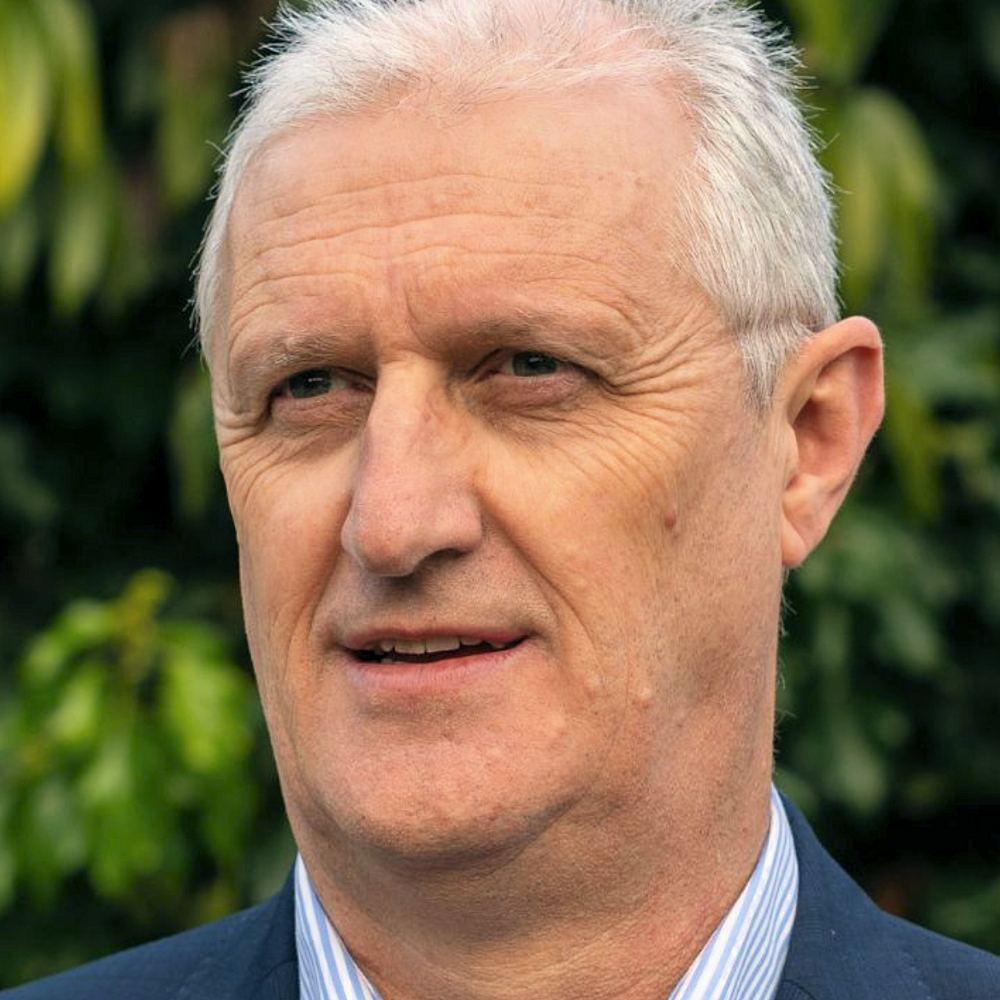

What is the point unless it is being used as home broadband, and then it is far more than most people will need. Making 5G be more reliable would be a good idea first. But what do you expect with BT.
The point is showing that you can provide up to these speeds in a certain area with 5G SA, which is then shared by everyone there. You probably won’t get 1.8Gbps as you’re not the only person using it.
Now, you’ll say that no one needs so much capacity… but my nearest mast here in London gives me ~800Mbps at 3am, but “only” ~100-150Mbps during the day. With usage increasing year after year, it’s normal for networks to be looking at ways of improving capacity. If not, by next year I’m getting sub 100Mbps and 2 or 3 years from now will be lucky to get 50Mbps.
The point is that year on year, mobile phone users are transferring more and more data.
If we went back to the amount of capacity we had in the early 4G days, it’d be overwhelmed – everything would grind to a halt.
So, new developments like this are important, proving there’ll be capacity for tomorrow’s demand levels.
I wouldn’t even accuse EE/BT of being late to the party; Vodafones SA is extremely limited not by cell coverage but their own decision to only allow access to a small subset of users and Three haven’t released their SA yet either. O2 are the only provider to offer SA generally but their 5G coverage is the worst of any provider.
Still, latter half of 2024 is good news.
Surprised Three not mentioned as having standalone 5G. My sim on Three with a Samsung phone shows a filled in 5G logo box at top, which as far as I’m aware depicts standalone, it goes unfilled when not. In most major towns in Sussex when on 5G SA I get speeds between 600 and 800Mbps, so seems to be true.
5G filled means your connected to 5G, if it’s not filled it means it’s connected to 4G but 5G is available on that tower but not connecting for whatever reason. To find out if you’re connected to 5G SA, go to settings, about phone, status information, SIM card status and it should tell you there.
I can usually figure out if I’m connected to SA if I see full 4 bars of 5G indoors, I don’t get this with NSA.
Three UK has 5G SA but in limited areas only. These are base stations which only has one 5G band.
Some areas will have n78 only, others will have n1 only. n28 base stations have not been deployed by Three UK yet.
On 5G NSA with B1 + B3 + B20 + B28 + B32 + n78 – I can get 1.8 Gbps per second on my iPhone 15 Pro Max using Three UK newest Ericsson base stations.
Three doesn’t have SA yet, at least not available to the public. They have 5G NSA, which can perform very well because they a big slice of the n78 band. That’s where the +1Gbps speeds come from.
Three UK has 5G SA but it is rolling out slowly. Those base stations have n1 only; as well as n78 only. n28 has not rolled out yet.
Blake and ThreeUKCustomer you are talking rubbish. It has already been explained to you Three UK don’t have SA. The iPhone 15 doesn’t support 20+28 either
Perhaps you should double check this yourself – I am one of the people who has been mapping Three UK 5G SA towers on the Cell Mapper website so I know what I am talking about here. There is also an ISPreview thread on here about 5G SA.
Yes they do exist but are in limited areas only.
iPhone 15 Pro Max has supported aggregating 20 + 28 for a couple of years now and that’s because those CA Combos are enabled by the Qualcomm X70 modem.
> It has already been explained to you Three UK don’t have SA.
I do not have the exact same knowledge as everyone else. I was part of the Huawei + Three 5G mmWave tests back in 2018 which got 5G routers a max speed test of upto 4 Gbps.
On mobile phones, however, only difference is that I have 8 mobile phones which maps towers on Cell Mapper.
4 of those phones are locked to 5G SA and the other 4 phones are locked to 5G NSA. iPhone 15 Pro Max is my own personal device used for Speed Tests but I can confirm that Qualcomm modems, even on Android such as the S24 Ultra, can aggregate B20 + B28; including B1 + B3 + B20 + B28 + B32 + n78 all together.
I am quite active on Cell Mapper. We have been able to aggregate 3 5G NSA cells (n78 + n78 + n28) together using a rooted Android phone by enabling all Qualcomm’s aggregation and bands though NVRAM.
Popular 5G enthusiasts like davwheat_ (David Wheatley) who’s the developer of MastDatabase as well as Peter Clarke are both using these methods.
Many of the 5G SA only sites are still live when I went there last week on the 3rd of July with my S24 Ultra picking up a 5G SA signal because I locked my bands to n78 only which forces 5G SA on my phone using that tower.
The reason why Three UK has not announced their 5G SA service publicly is because they paused it and are currently waiting for the Vodafone UK + Three UK merger – you will not find many council applications for that anymore.
There is a reason why Three said that if CMA doesn’t accept the merger then they will scale back their investments in 5G because Three UK wants to sell their business and exit out of the UK market.
> iPhone 15 Pro Max has supported aggregating 20 + 28 for a couple of years now and that’s because those CA Combos are enabled by the Qualcomm X70 modem.
Oops. I meant the Qualcomm modem here and not the iPhone 15 Pro Max. Though now that I take a look at the modem logs for my really old phone, Samsung Galaxy S10 Plus (Exynos), that can also aggregate B20 (primary) with B28 (CA) using an inferior modem called Exynos/Shannon Modem.
Regardless, a lot of the CA combinations can be enabled by jailbreaking the phone and modifying the modem files. iOS 18 also includes newer CA Combos and carrier modem updates but I’m on a jailbroken device on iOS 17 and iOS 18 doesn’t have a jailbreak yet. CAs are decided by your phone rather than whatever tower you’re connected to.
> I’m on a jailbroken device on iOS 17
Unfortunately for a lot of people – this jailbreak is not currently public and will probably never be. I had to pay a large one time fee because it’s a private scene who has found an exploit and doesn’t want to share it with the public. I had to send my device to them across the country so they can jailbreak and then return it back to me.
ThreeUKCustomer the more you write the clearer it becomes you have much to learn.
Mapping SA on Cellmapper does not equal a SA network, ask David, Peter or a Cellmapper dev if you are unconvinced and they will quickly set the record straight. Just because there is a thread on ISP Review does not make that information correct either. Three are unable to launch SA today, the merger is unrelated to this.
The S24 Ultra does not support 20+28+32. What a modem can support does not mean the RFFE supports the same. CA is determined by both RAN and UE.
I am unaware of any NSA n78+n78+n28 so please share some evidence if this is the case.
CellMapper developer has already stated that it will only map SA towers if there is an SA tower. It does not map 5G bands on NSA and it never did because it is fully unsupported and creates inaccuracies. My local mast supports n78 alongside the full range of LTE bands but that tower is 4G LTE + 5G NSA so it won’t be mapped under 5G NA but under 4G LTE.
Android and iOS can easily distinguish between NSA and SA towers because all of them have different gNB numbers and never broadcasts LTE/4G on those towers ..
If you physically visited some of these locations – there are n1 and n78 SA towers – your phone will connect to 5G SA regardless what Three MNO SIM you have. These towers are completely separate from the 4G RAN. As mentioned, there are only a limited amount of these 5G SA towers because of the slow rollout.
While the merger is not fully impacted by the 5G SA rollout – it does have an impact because Three UK is spending more money than they receive creating a network inefficiency, and merging both Vodafone UK + Three UK into one network costs less money on network infrastructure.
n78 + n78 + n28 was a trial test site that was decommissioned near Three UK’s Reading office. Three UK does not have any n28 towers anymore other than n1 and n78 because none of them are deployed but there are n78 + n78 5G SA CA towers live maxing out at 140 MHz of bandwidth without using 5G NSA for aggregation at all.
Qualcomm’s own modems and its components like the RFFE already supports everything out of the box, including uncommon/rare/unused CA combos. On most phones, however, a lot of it is disabled because it is unneeded which is why you can only enable those when you root your phone and modify the modem files.
I used to work as a Community Manager at Sony Mobile Communications for the Xperia Z series for 4G LTE testing but the “Asus Smartphone for Snapdragon Insiders” (an old phone from a couple years ago) which has basically everything enabled is an example of this; and that uses the Snapdragon X60 Modem with CA combos you will never see or find on any phone on a unrooted phone.
I remember months ago people were debating if Vodafone will win the SA race against EE, I guess that debate is over lol.
Interesting report available from GSA (Global mobile Suppliers Association) – https://gsacom.com/paper/5g-standalone-april-2024-summary/ (April 2024). Free registration required to read.
The full report is available here – https://1drv.ms/b/s!AivslhxlWz-oi5BnFpszZm44eLlfSg
GSA hold an optimistic view of SA deployment:
“At least 49 operators in 29 countries and
territories are now understood to have
launched or deployed public 5G SA networks,
one of which has only soft launched their 5G
SA networks…”
Report summary:
“The market is seeing the emergence of a strong 5G SA ecosystem with chipsets,devices of many types and users of public as well as private networks.We can expect to see the market go from strength to strength. As it does, GSA will continue to track its evolution
and will be looking out for important new trends as they emerge.
Topics likely to become more important in the coming months in this context include 5G carrier aggregation in SA networks,
ultrareliable low-latency communications capabilities to support machine-to-machine connections in 5G SA systems, increasing
support for millimetre-wave connections, network slicing in 5G networks and the introduction of VoNR in 5G SA networks.
..”
It sounds very impressive. However, I’d be much more impressed if mobile phone companies concentrated on making sure their basic phone services worked in ordinary circumstances. I live in suburban UK. There is virtually no mobile phone signal within a kilometre radius of my house. All service providers say there is good signal indoors and outdoors, as does OFCOM. They are all wrong.
I’m yet to see NSA anywhere and i’ve got all the networks and a compatible handset. Even in London
The benefit of 5G SA that most users will see is probably going to be improved battery life. My battery sucks on 5G NSA but I can easily get about 1.1 Gbps in my area with EE.
That’s so true. NSA definitely drains more battery since it uses 4G and 5G bands together. Definitely the biggest reason I am looking forward to SA 5G.
Perhaps EE should stop offering these pointless speeds and actually work on their indoor coverage?
It’s 2024 and I still cannot get workable EE coverage indoors in London
I’m glad people like you are not leading innovation. These speeds aren’t pointless, they’re a demonstration and an experiment of what is possible. If EE is to improve things, then they need to experiment and find viable solutions before releasing them to the public.
Couldn’t agree with you more. Their indoor coverage has always lacked behind O2 and Vodafone. It’s such a shame but this only happens because the bands O2 and Vodafone use provide slower speeds but penetrate through walls and windows much better hence why indoor coverage is better. EE is focused on providing fast speeds and despite them having the most masts, because of the bands used indoor coverage suffers.
@AD, innovation would be using the 700MHz band they own but they seem allergic to. I am not against faster speeds but all this does in reality is widens the gap further.
In my Hampshire village, EE deliver no service, or 0.3Mbps if I stick my phone out the window. What will this do for rural communities?
EE has never been interested in indoor coverage – they chase vanity speeds in an effort to disguise this fact. Even Three get this.
I’m really sorry but this is honestly not impressive at all. Considering 3 can achieve speeds of 1.3GBPS down (and perhaps even more) using NSA as ThreeUKCustomer has mentioned above, this is not something exciting from EE.
Also considering the load that EE has, users will probably get less than that.
This just leaves me wondering where are the promised ultra fast speeds promised by 5G that the newest modems in our phones are able to achieve? For more info: https://www.cisco.com/c/en/us/solutions/what-is-5g/what-are-5g-speeds.html#~q-a